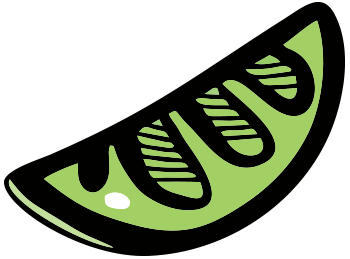Renewed calls for Aussies to get active
Australia’s Healthy Weight Week 16-22 February
February 17, 2015
With Australia’s Healthy Weight Week in full swing, the nation’s peak industry body for exercise and sports science, Exercise & Sports Science Australia (ESSA), has renewed calls for Australians to increase their physical activity levels.
ESSA Executive Officer Anita Hobson-Powell said too many Australians were currently leading a sedentary lifestyle and action needed to be taken to prevent the problem from escalating even further.
“At present, almost 10 million Australian adults are either inactive or report low levels of physical activity, which is a really worrying statistic,” Ms Hobson-Powell said.
“Even more concerning is the fact that roughly 80 per cent of 5-17 year olds are not meeting the Australian physical activity guidelines of at least 60 minutes of exercise each day.”
“This indicates that unless drastic change occurs, the inactivity epidemic will continue to be a problem facing Australian communities for generations to come.”
Ms Hobson-Powell said Healthy Weight Week — which takes place between 16 and 22 February — should act as timely reminder for Australians to get off the couch and look at ways to incorporate physical activity into their everyday routine.
“While a structured physical activity regime is ideal, a recent study** conducted in Melbourne showed that incidental exercise can also go a long way in improving the health of Australians and saving money spent on the treatment of illness,” Ms Hobson-Powell said.
“The research highlighted that those people who used more active transport rather than relying on direct car transportation benefited significantly from incidental actions like walking or cycling to the train station.”
“Car drivers recorded an average of 8-10 minutes of incidental exercise each day, whereas public transport users clocked up 35 minutes per day. Better yet, walkers and cyclists who chose to make their own way to their destination without relying on a car or public transport averaged 38 minutes of daily incidental exercise on top of their structured exercise routines.”
Ms Hobson-Powell stressed the importance of achieving and maintaining a healthy weight and urged Australians to consider ways to incorporate both incidental and structured physical activity into their lifestyle.
“The harsh reality is that physical inactivity is the fourth leading cause of death due to non-communicable disease around the globe***, contributing to more than three million preventable deaths each year.”
“This is something that is within our power to change, but we need to have the education systems in place and most importantly, Australians have to make an active choice to improve their lifestyle.”
Ms Hobson-Powell suggested the following tips for incorporating physical activity into the daily routine:
1. Ditch the car. Even if it’s too far to walk or cycle the whole way to work, take public transport and power walk to and from the train or bus station. Also consider getting off a few stops early.
2. Walk and talk. If you’ve got a coffee date scheduled with friends or a work meeting pencilled in the diary, swap the café or boardroom for the great outdoors and catch-up over a brisk walk.
3. Don’t be deterred by bad weather. Indoor activities like indoor rock climbing, yoga or dancing are still fun and help to burn some serious calories while being protected from the elements.
4. Get personal. Rather than sending an email to a colleague on the next floor, make the effort to walk to their desk and pass them your message in person. It not only gets you moving but is also great for relationship building!
5. Talk to a professional. If you’re lacking in motivation or don’t know where to start with an exercise regime, contact an accredited exercise physiologist. Visit www.essa.org.au.to locate one in your local area.
To find out more about ESSA, visit www.essa.org.au.
// Ends.
Sources
* Department of Health, Australia’s Physical Activity & Sedentary Behaviour Guidelines for Adults, http://www.health.gov.au/internet/main/publishing.nsf/content/F01F92328EDADA5BCA257BF0001E720D/$File/brochure%20PA%20Guidelines_A5_18-64yrs.PDF.
** GP Margaret Beavis and Deakin University Population Health Professor Marj Moodie, Incidental physical activity in Melbourne, Australia: health and economic impacts of mode of transport and suburban location.
*** Department of Health, Research and Statistics, http://www.health.gov.au/internet/main/publishing.nsf/Content/health-pubhlth-strateg-active-evidence.htm.
Media contact
Kristen Roder, Fresh PR & Marketing
P: 0406 546 461
E: kristen@freshprm.com.au
About ESSA
Exercise & Sports Science Australia (ESSA) is the peak professional body for exercise and sports science in Australia and provides national leadership and advocacy on key issues. It supports its 4,500-plus members and the community through fostering excellence in professional practice, education, training and research.
Website: www.essa.org.au
Official media spokesperson for this release
Anita Hobson-Powell
Executive Officer, Exercise & Sports Science Australia (ESSA)
E: Anita.Hobson-Powell@essa.org.au
P: 07 3862 4122
M: 0400 519 800
[nggallery id=51]


